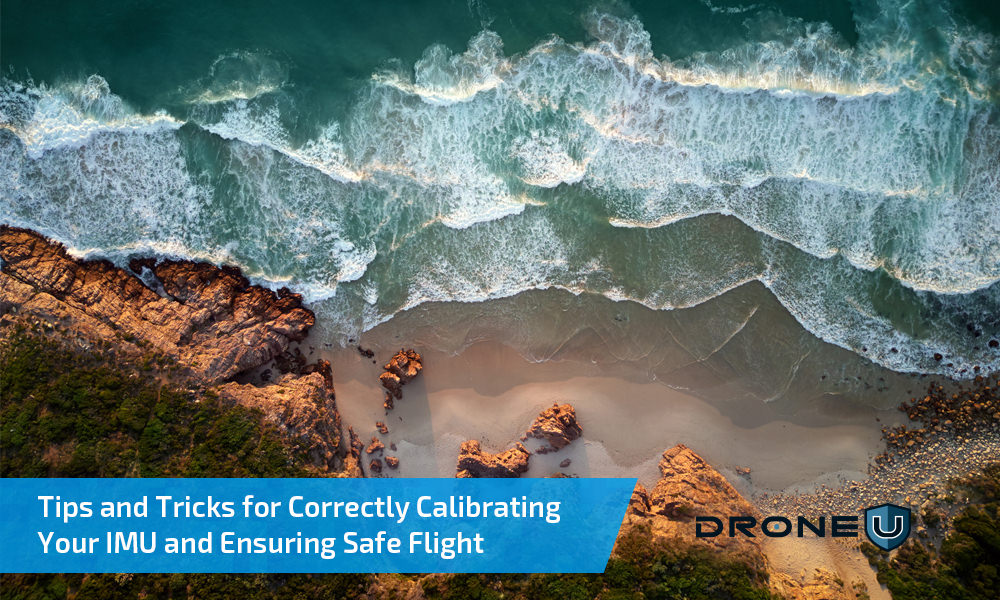Understanding IMU (Inertial Measurement Unit)
It is important to calibrate your IMU or Inertial Measurement Unit. If not calibrated properly, you may crash your drone. The Inertial Measurement Unit measures changes in pitch, roll and yaw using gyroscopes – a device which measures angular velocity. Currently, drones have three axis and six axis gyro stabilization which constantly transmits navigational information to the ESC. The ESC determines the thrust and the speed of the quadcopter.
Note that a six axis gyro is nothing but combination of gyroscope and accelerometer to detect tilt and movement. The Inspire 2 has a six axis gyro.
When Should You Calibrate Your IMU?
Knowing how to calibrate your IMU is important. If your drone is not flying properly or your drone footage is not up to the mark, it might be to time to go for an IMU calibration. IMU calibration is an important part of your pre-flight check system. We recommend calibrating your IMU every time you buy a drone or after a firmware upgrade.
So, what are some of the signs that indicate that an IMU calibration is long overdue? This first sign is when you witness toilet bowl movement – your drone starts to wobble in a circular motion with the inside arm tilted downwards. The second sign is when you see a drifting horizon line, and this can be quite a headache during post-production. Ideally, you want a horizon with no angle.
Can You Calibrate Your IMU Inside?
Another question that drone pilots often ask is whether calibration can be done inside. This depends. If you are in an interference free environment like a wooden lodge, you can do your calibration inside. However, if you are flying inside a RCC structure, the steel re-bars will cause interference – making calibration impossible. We recommend calibrating your IMU at least 50 feet away from any steel.
Apart from structural interference, also watch out for interference from your electronic gadgets such as your cellphone and your iWatch.
Does Your IMU Need to Warm Up?
Owners of Phantom 3 and Inspire 1 have faced issues with the IMU not warming up enough – which made calibration impossible. If you are facing a similar issue, we strongly recommend calibrating your IMU at colder temperatures. Doing so will help you warm up your IMU faster.
Educate Your Client about the Benefits of IMU
In spite of the many advantages of calibrating your IMU, this important process step is often ignored by a vast majority of drone pilots. And this can sometimes work to your advantage. How so? By educating your clients. Lay down your image and the image with drifting horizon side by side, and point out the differences. This move of yours shall surely convince a quality conscious client to hire you.
Remember
- Do not calibrate your IMU near metal objects
- Do not do your IMU calibration between buildings
- Educate your clients
- IMU not warming up was a significant problem with the earlier Phantom
- Calibrate IMU at colder temperature to save time
- Calibrate your IMU on a level surface
- Avoid calibrating on concrete – steel re-bars might cause interference
Check out our Medium page for more such content
Do not forget to subscribe and Listen to Ask Drone U, the #1 drone podcast
Connect with a vibrant drone community by becoming a Drone U member






Add Your Comment